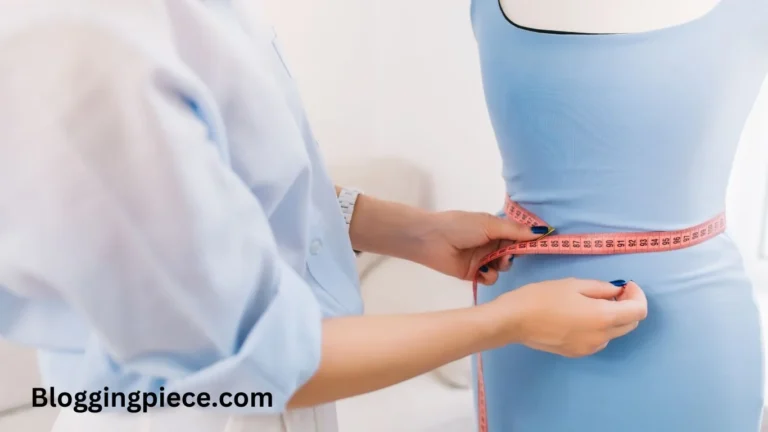What You’ll Need
Before we dive into the process, let’s gather everything you’ll need:
- Measuring Tape: A flexible, soft measuring tape is essential.
- Mirror: Helpful to ensure the tape is straight.
- Assistant (Optional): Having someone help can ensure more accurate measurements.
- Notebook: For logging your measurements.
Preparing to Measure
To get the best results, follow these preparation tips:
- Location: Stand in front of a full-length mirror.
- Timing: Measure in the morning before any major activities.
- Dress Code: Wear fitted underwear or measure over bare skin.
Step-by-Step Guide to Measuring Your Hips
Here’s a detailed guide to help you measure your hips accurately:
Step 1: Stand Properly
Stand with your feet together and your weight evenly distributed. Make sure you’re standing straight but relaxed.
Step 2: Locate the Widest Part of Your Hips
Find the widest part of your hips, typically around the buttocks. This is where you’ll take your measurement.
Step 3: Wrap the Measuring Tape
Wrap the measuring tape around the widest part of your hips. Ensure the tape is parallel to the floor and not twisted.
Step 4: Read the Measurement
Look in the mirror to ensure the tape is straight. Read the measurement where the end of the tape meets the remaining length.
Common Mistakes to Avoid
To ensure accuracy, avoid these common pitfalls:
- Measuring Over Clothing: Always measure directly on your skin or over tight-fitting clothing.
- Incorrect Tape Placement: Ensure the tape is level and snug but not too tight.
- Not Standing Straight: Maintain a straight, relaxed posture.
Tips for Consistency
For consistent measurements, try these tips:
- Same Time, Same Place: Measure at the same time of day and in the same location.
- Log Your Measurements: Keep track of your measurements in a notebook or app.
Why Accurate Hip Measurements Matter
Understanding your hip size is essential for:
- Clothing and Fashion: Helps you find the right fit, especially when shopping online.
- Health and Fitness: Tracking changes in your hip measurement can indicate changes in body composition.
Using Your Hip Measurements
Once you have your measurement, here’s how to use it:
- Shopping for Clothes Online: Use your measurement to compare with size charts.
- Tailoring and Alterations: Provide accurate measurements to your tailor for the best fit.
- Tracking Fitness Progress: Monitor changes in your body as you pursue fitness goals.
Additional Measurements for a Better Fit
Consider taking these additional measurements:
- Waist Measurement: Helps in understanding the overall fit of garments.
- Thigh Measurement: Useful for tailored pants and fitness tracking.
How Often Should You Measure?
- Fitness Tracking: Measure every few weeks to monitor progress.
- Tailoring Purposes: Measure before each tailoring session or when buying new clothes.
When to Seek Professional Help
Sometimes, professional assistance can be beneficial:
- Tailors: For precise measurements for custom clothing.
- Fitness Trainers: To track body composition accurately.
FAQs
-
Can I measure my hips by myself?
- Yes, but using a mirror or asking for help can improve accuracy.
-
What’s the best type of measuring tape to use?
- A flexible, soft measuring tape is ideal.
-
How do I know if I’m measuring the right spot?
- The widest part of your hips, typically around the buttocks, is where you should measure.
-
How tight should the measuring tape be?
- The tape should be snug but not tight enough to compress your skin.
-
Can I measure over clothing?
- It’s best to measure over bare skin or tight-fitting clothing for accuracy.
Conclusion
How to Measure your hips accurately can save you a lot of hassle and ensure a better fit for your clothes. Whether for fashion, fitness, or tailoring, knowing how to measure your hips properly is a valuable skill. Keep practicing, and soon it will become second nature.


